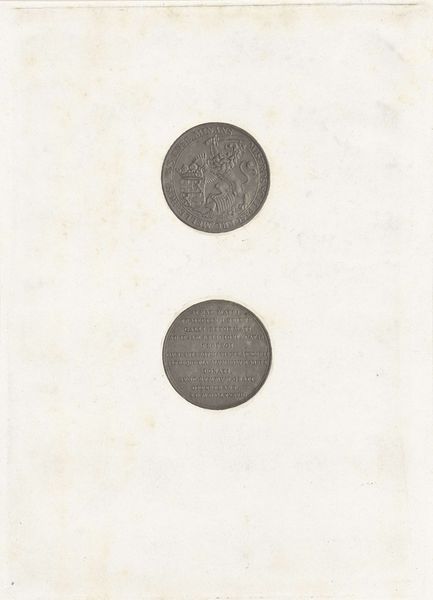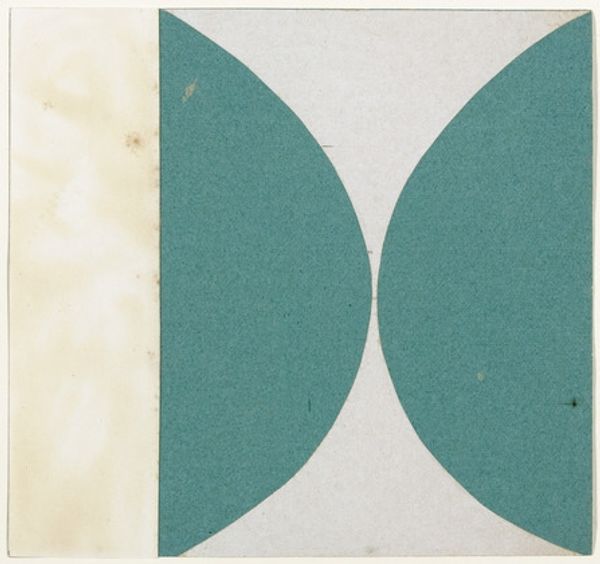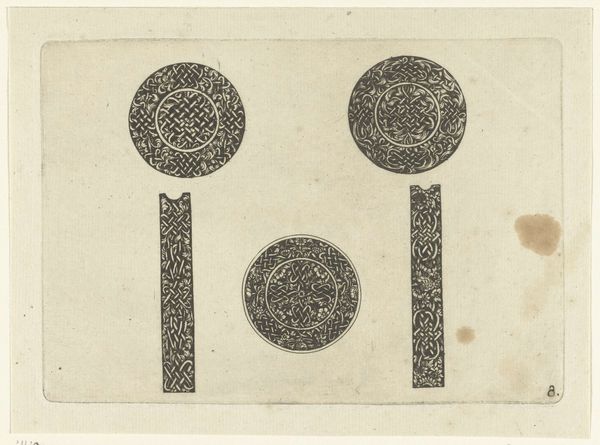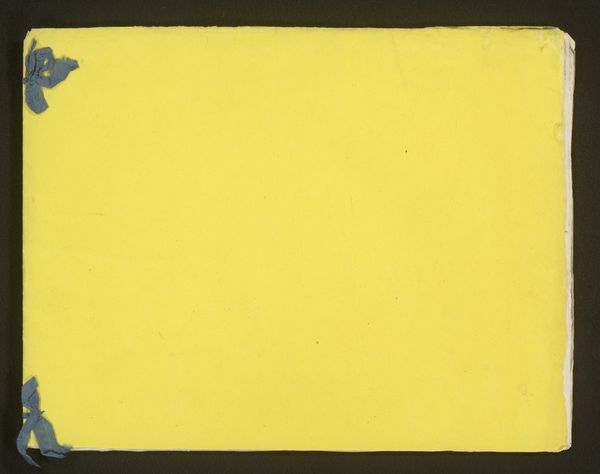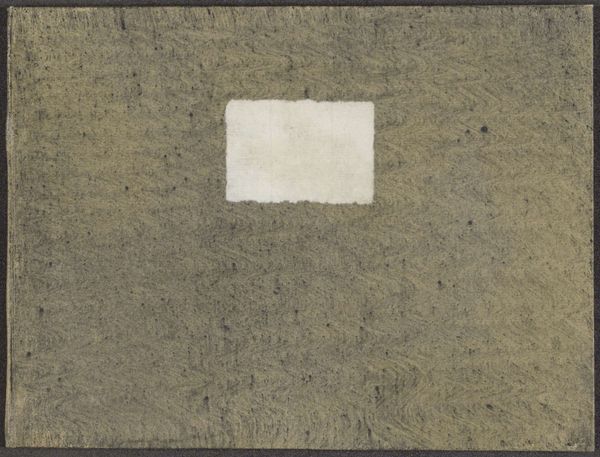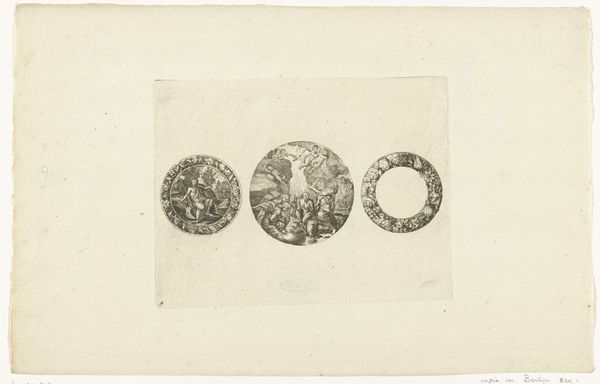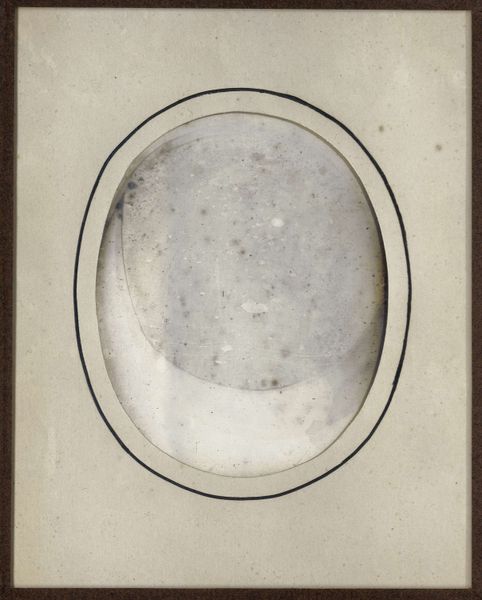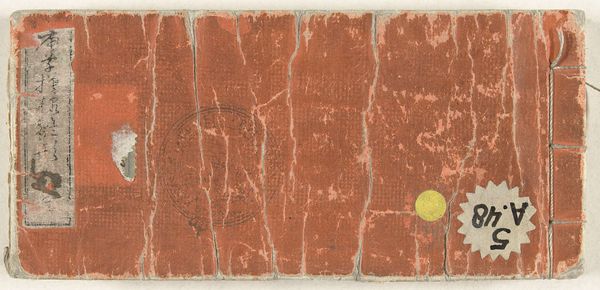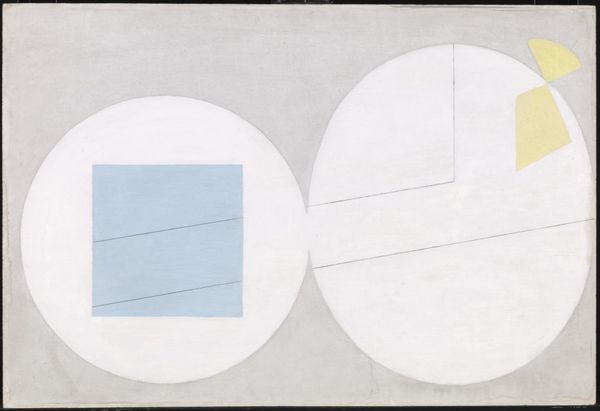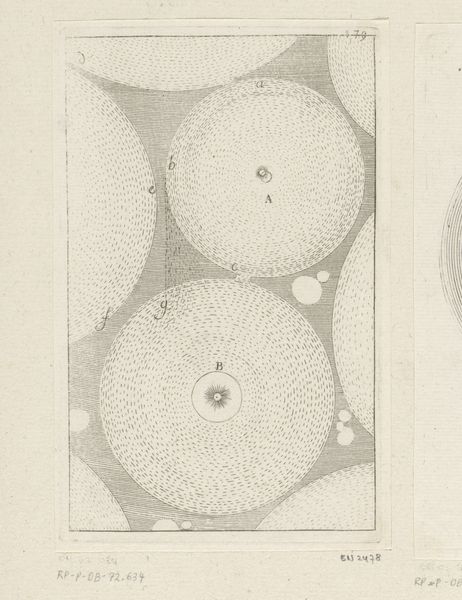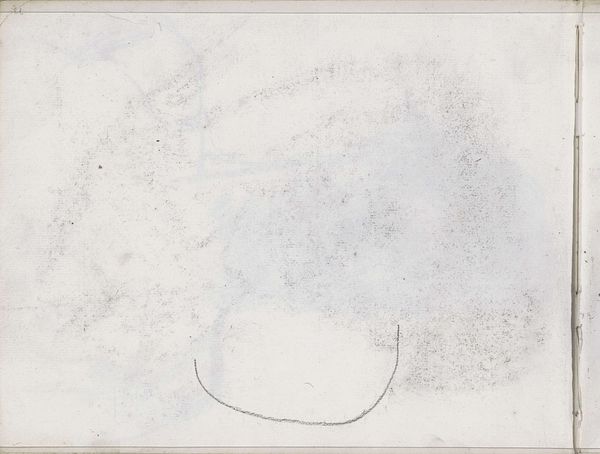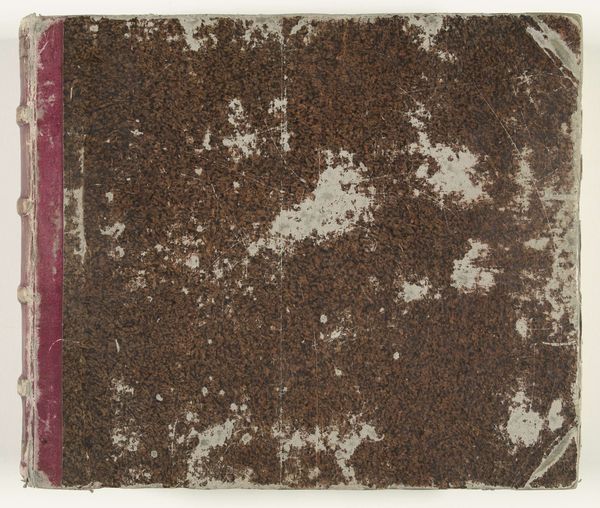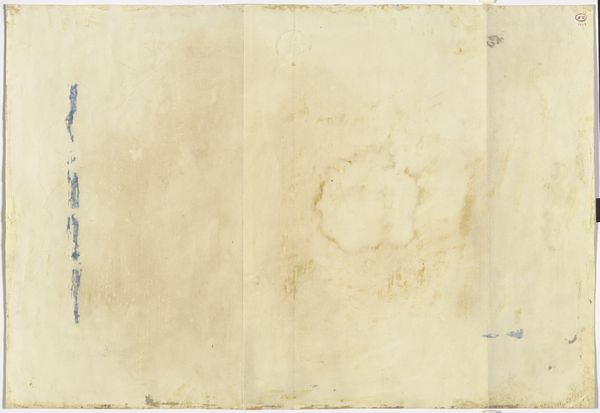
silver, print, photography, gelatin-silver-print
#
portrait
#
16_19th-century
#
silver
# print
#
photography
#
group-portraits
#
gelatin-silver-print
#
men
#
united-states
Dimensions: 5.9 × 5.4 cm (each image); 8.2 × 17.1 cm (card)
Copyright: Public Domain
Curator: At first glance, this image looks like a field of, well, tiny somethings. Then you realize it’s a teeming, swarming mass of…faces? Editor: Exactly! This gelatin silver print, made sometime in the late 19th century, presents an intriguing historical record. What we're seeing is a stereograph. When viewed through a stereoscope, it creates a single 3D image. It is titled “Untitled”, but what it shows is anything but ambiguous. Curator: A time capsule of moustaches! All those tiny portraits jammed into two little circles—it feels strangely claustrophobic. A reminder of being part of a larger crowd, perhaps, and yet utterly anonymous within it. Do you think that was intentional, some commentary on societal structures? Editor: Interesting point. Stereographs, especially those from the 19th century in America, were incredibly popular forms of mass media. They democratized imagery. While portraiture was still relatively exclusive, stereographs captured everything from landscapes to current events, becoming a sort of shared visual language. The Art Institute of Chicago holds this image in its collection. Curator: So everyone, from social elites to regular Joes, could experience faraway places and events in their parlors! Suddenly those crowded faces, flattened into these two lenses, read very differently. Not oppressive but a sign of shared experience. The photograph looks more dynamic that I had initially supposed! Editor: Yes! The act of viewing these en masse via technology transforms private faces into a public spectacle. This tension is intrinsic to the technology. The viewer almost becomes a performer. Curator: What an extraordinary way to use photography – it almost turns us, the audience, into part of the photograph itself, peering into this forgotten gathering through a little window. We become intertwined with the imagery. Editor: The politics of imagery! In short. It highlights the social impact. And so it goes… Curator: It definitely makes one stop and think about context! I will view photography with new eyes going forward.
Comments
No comments
Be the first to comment and join the conversation on the ultimate creative platform.
